
If your home’s windows aren’t functioning as they should and are starting to look old and faded, it might be time to replace them. This process can feel overwhelming, especially if you don’t know where to start. That’s where this guide comes in.
Upgrading your windows and glass doors can improve your home’s sustainability and increase its value. If you want to learn more about what to look for when replacing them, keep reading. We’ll cover different types of windows and window frames, common signs that indicate it’s time for a change, hiring the right professionals, and more.
Types of Windows
Windows are crucial for making your house soundproof, waterproof, weatherproof, termite-proof, and energy efficient. Here are a few types of windows to consider:
- Picture windows
- Casement windows
- Bay windows
- Single-hung windows
- Double-hung windows
- Awning windows
- Horizontal sliding windows
- Standard sliding doors
Let’s explore the benefits of each type.
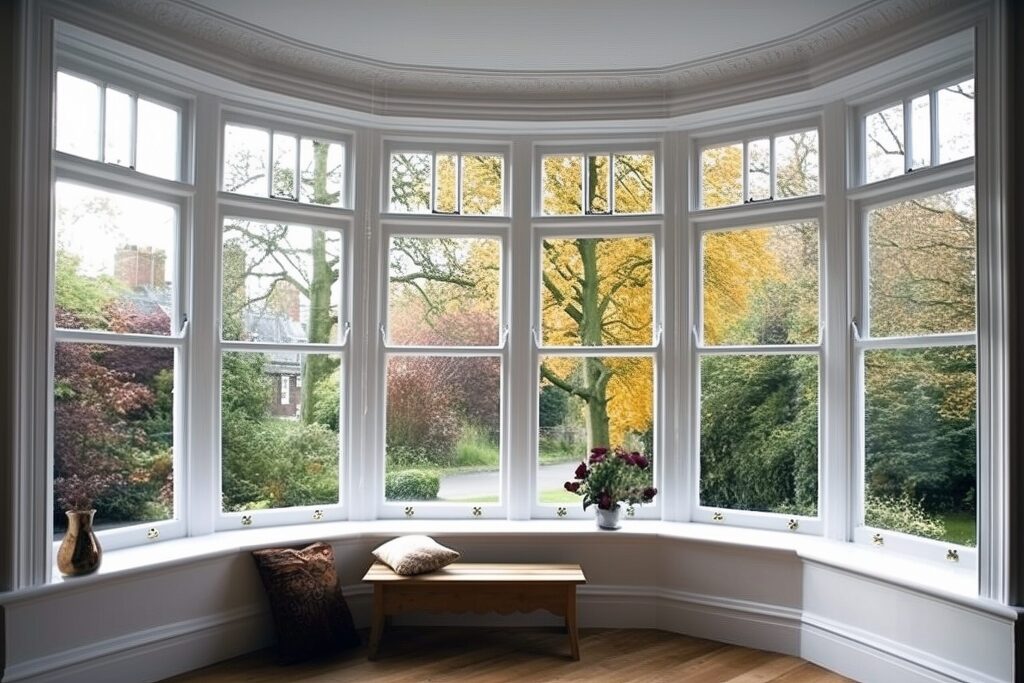
Picture Windows
Picture windows come in various sizes and are often inset with metal grinds for durability. These fixed windows don’t provide ventilation but do enhance energy efficiency by preventing heat loss.
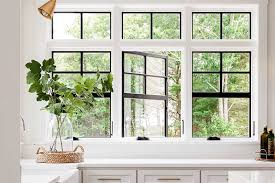
Casement Windows
Casement windows open with a hand-crank and provide excellent ventilation. They are more energy-efficient than sliding windows due to gaskets on all sides. However, older casement windows may need occasional repairs to the crank mechanism.

Bay Windows
Bay windows offer ample light and interesting facades. Often found in kitchens and living rooms, they provide peripheral views. Typically, the side windows open for ventilation, while the middle window is fixed.

Single-Hung Windows
Common in smaller rooms, single-hung windows have a fixed top part and an opening bottom part. They are less expensive and provide adequate ventilation compared to double-hung windows.
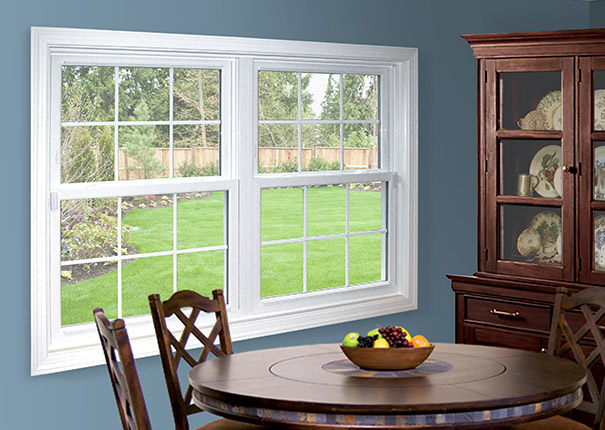
Double-Hung Windows
Both parts of double-hung windows open, providing better ventilation. These windows are safer in homes with small children or pets, as the bottom can be latched while the top remains open.
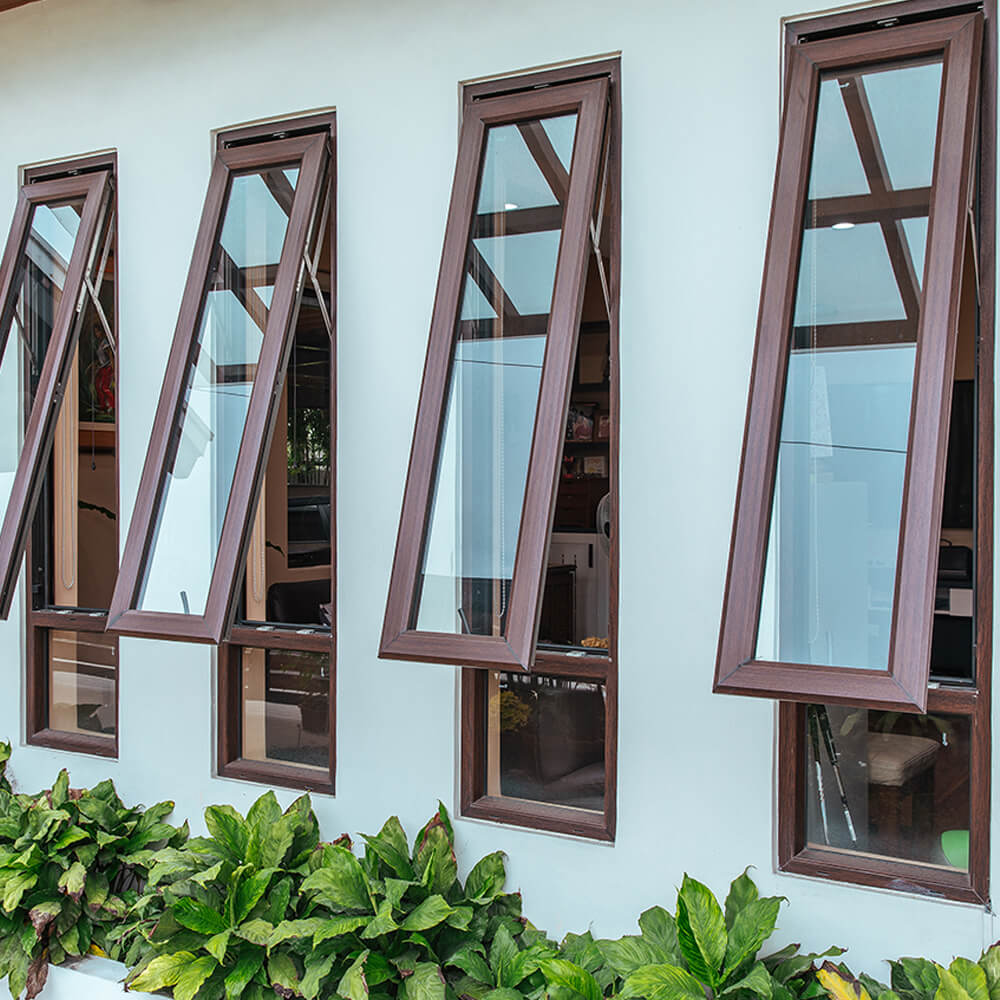
Awning Windows
Awning windows, similar to casement windows, open vertically. They offer good seals and ventilation, making them ideal for narrow or high places.
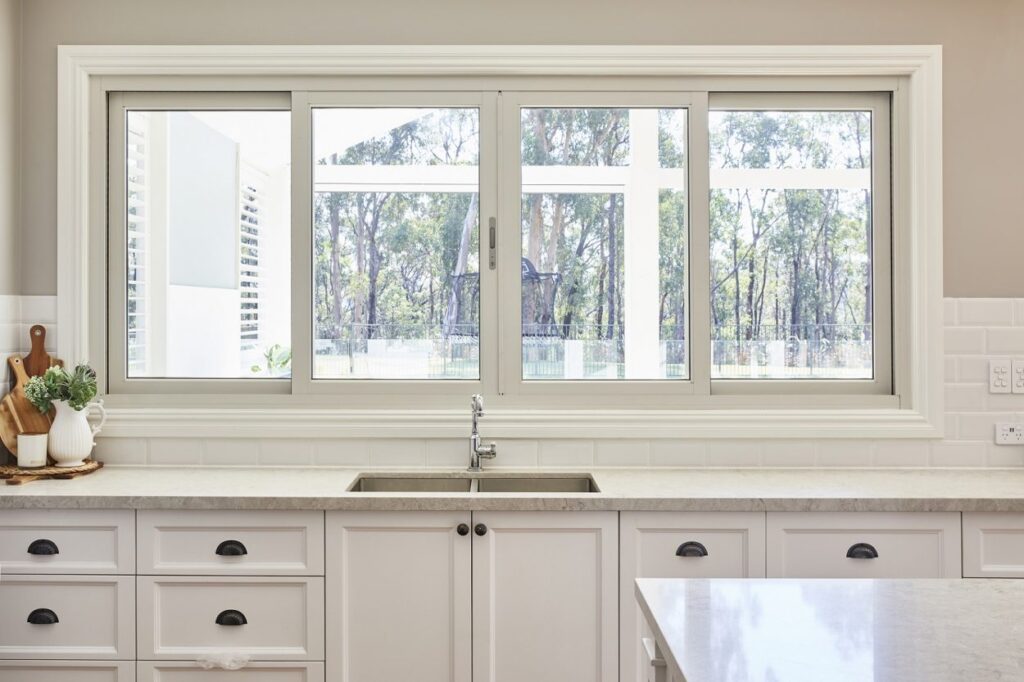
Horizontal Sliding Windows
Sliding windows are popular for their cost-effectiveness and width. They are easier to clean than casement and awning windows but are less energy-efficient.

Standard Sliding Doors
Sliding doors double as large windows, providing plenty of light. They are commonly installed in living rooms and bedrooms leading to terraces or porches. These doors come in various sizes and configurations.
Types of Window Frames
Choosing the right window frame is crucial. Here are the most common materials:
- Vinyl
- Aluminum
- Fiberglass
- Wood
- Composite materials
Vinyl Frames
Vinyl frames, made from polyvinyl chloride (PVC), are affordable and low-maintenance. They are popular for their insulating properties but may not be as aesthetically pleasing or durable as other materials.
Aluminum Frames
Durable and lightweight, aluminum frames require little maintenance. However, they are not as energy-efficient and can be more expensive than fiberglass or vinyl frames.
Fiberglass Frames
Fiberglass frames are durable and resist temperature changes, making them great insulators. They require occasional repainting and are more expensive than vinyl frames.
Wooden Frames
Wooden frames are visually appealing and highly durable, offering excellent insulation. They are, however, among the most expensive options and require regular maintenance to prevent damage from termites, rot, and mold.
Composite Frames
Composite frames combine materials like vinyl and wood or aluminum and wood. They offer the benefits of both materials but are more expensive.
Types of Window Tracks and Poles
When choosing window tracks, options include plastic or metal, with some metal tracks being extendable for larger windows. Curtain poles, made from wood or metal, come in various types like eyelet poles, fixed-length poles, and extendable poles.
Eyelet Poles
Ideal for eyelet curtains, these poles give a clean appearance and often feature decorative ends.
Fixed Length Poles
Suitable for standard-sized windows, these poles can be modified for smaller or larger windows.
Extendable Poles
Perfect for any window size, these metal poles adjust to the desired length and secure in place with brackets.
Types of Window Glass
Consider these types of window glass:
- Annealed
- Heat-strengthened
- Tempered
- Laminated
Annealed Glass
This basic type is formed by cooling glass slowly, resulting in a thin product.
Heat-Strengthened Glass
Stronger than annealed glass, heat-strengthened glass is semi-tempered and undergoes a quick cooling process.
Tempered or Toughened Glass
Tempered glass, five times stronger than annealed glass, is made by heating and quickly cooling the glass with air blasts.
Laminated Glass
Laminated glass combines two sheets of toughened glass with an interlayer, enhancing sound dampening and fire resistance.
Distinguishing Window Quality
Low-quality windows, often vinyl, are mass-produced and last about 10 years. High-quality windows, made from natural materials like wood, offer better insulation, soundproofing, and longevity.
What to Watch Out for When Purchasing Windows
When buying windows, ensure:
- Prices aren’t too good to be true
- Experienced installers are hired
- Windows meet building codes
- Installers provide comprehensive service
- Windows come with a warranty
- Function and quality are prioritized over design
Worthwhile Window Investments
Choose windows that are termite-proof, soundproof, waterproof, and weatherproof. Look for:
- Low U-factor for better insulation
- Low solar heat gain coefficient to reduce heat transmission
- Adequate visible transmittance levels for sufficient light
Inspecting New Windows at Delivery
Inspect windows for scratches, dents, and proper operation upon delivery and installation. Address any issues immediately with the installers.
Maintaining Your Windows
Regular maintenance ensures windows function well. Annually inspect for leaks, crank issues, and material cracks. Clean and lubricate window tracks, and check for shape changes due to weather exposure.
Signs You Need New Windows
Replace your windows if they:
- Don’t open or close completely
- Aren’t soundproof
- Increase utility bills
- Show condensation
- Have rotten or corroded wood
- Show termite damage
- Allow cold air through the frame
Final Thoughts
Consider your budget and preferences when planning to replace your windows. Choose the right type, material, and glass for your home. Save the warranty for future repairs and enjoy the benefits of your new windows.

